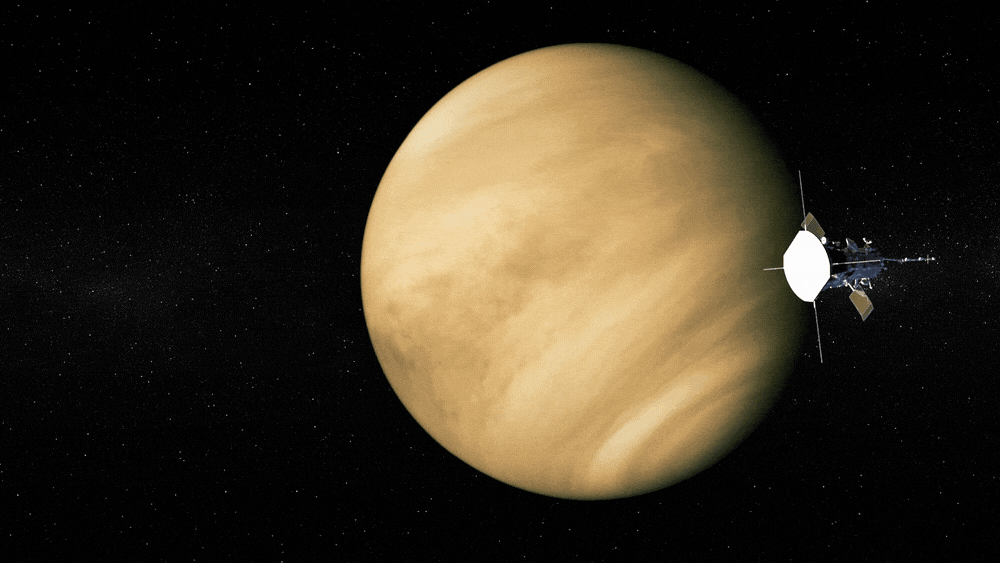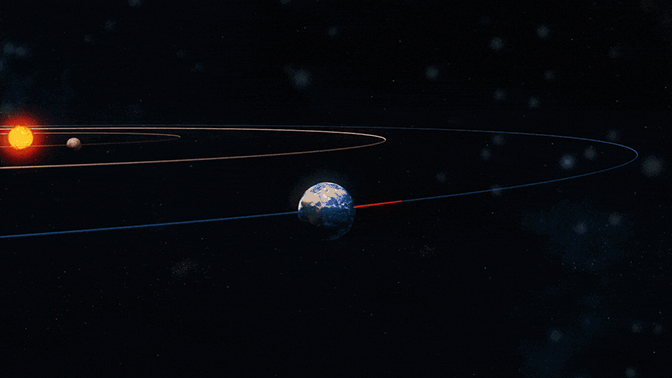
Part 4: Using the gravity of Venus to reach the sun
While NASA never intended for the probe to return to Earth, Venus represents a point of no return.

While NASA never intended for the probe to return to Earth, Venus represents a point of no return.

Part 4 of 7. This is a seven-part series anticipating the launch of the first mission to the sun, NASA’s Parker Solar Probe. The University of Michigan’s Justin Kasper, a climate space science professor, serves as one of the principal investigators for the mission.
If you want to get close to the sun, you’re going to need some help.
Parker Solar Probe, launching in August, is designed to get closer than any previous manmade object. Passing through the sun’s corona, the spacecraft will gather data we can use to help protect Earth from dangerous solar weather.
Getting close enough to do that will require some backtracking over the multi-year mission. Parker will go back and forth between Venus and the sun seven times. With each pass, Venus’ gravity draws Parker closer, tightening the probe’s elliptical path.
“The only way we get close to the sun is to borrow energy from Venus,” said Justin Kasper, a principal investigator on the Parker mission and a climate and space science professor at the University of Michigan. “Each gravity assist lowers our perihelion, getting us closer and closer to the sun until, at the end of the mission in 2025, we close within 10 solar radii.”

The seven Venus flybys will lead to a total of 24 orbits over the seven-year mission. Parker’s nearest pass will make it closest manmade object to the sun at an estimated 3.7 million miles.
While NASA never intended for the probe to return to Earth, Venus represents a point of no return.
“There is no coming back because we can only lose energy with Venus,” Kasper said. “Once we have that first encounter, we slow down. We can never make it back out to Earth’s orbit.”